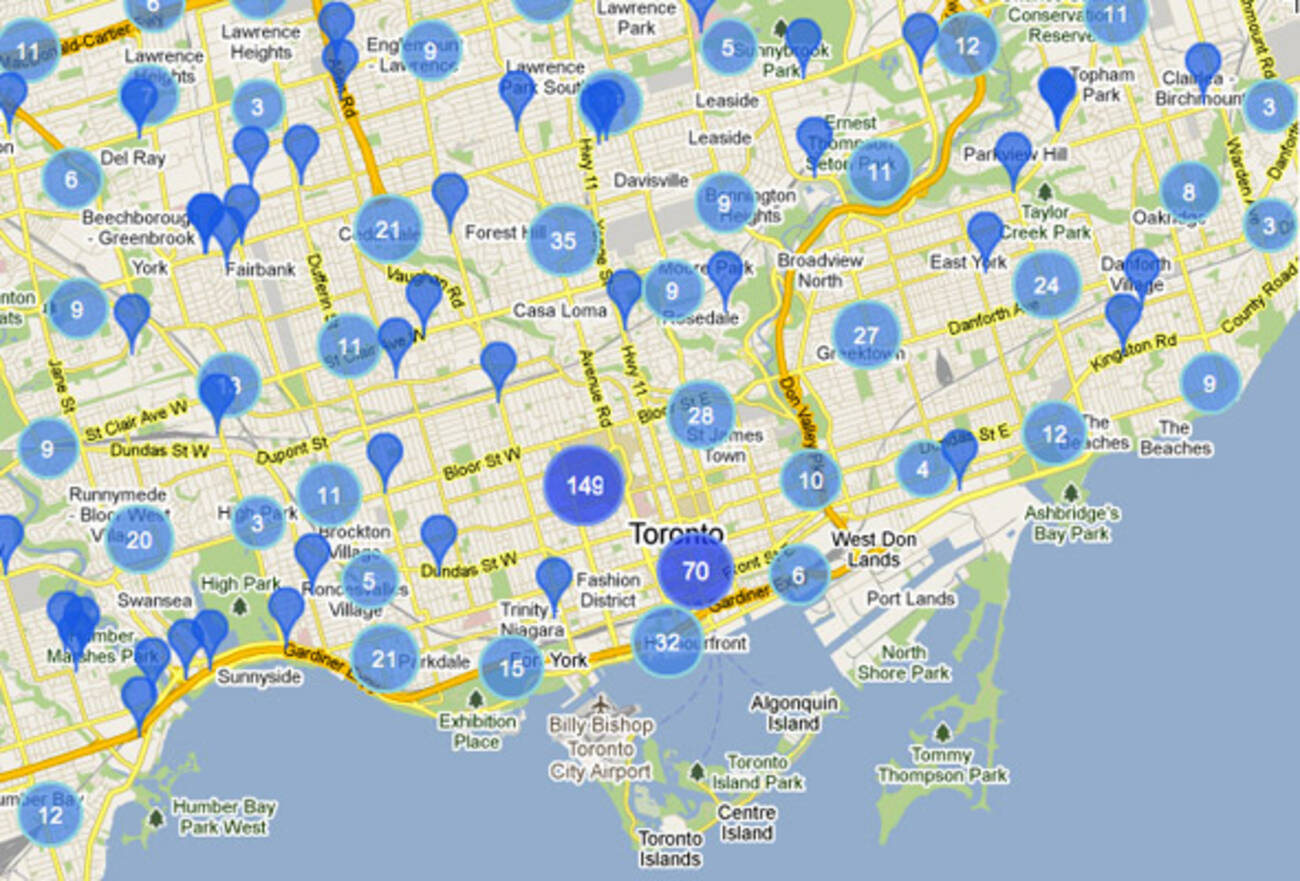If you've ever walked through a town and spotted tiny 5G cell towers on street light poles. They look like small boxes however, they're actually transmitting wireless signals from cellular providers to your mobile.
They are replacing larger, purpose-built cell towers. Although safe distance from cell tower 're not as visible however, they could create problems for those who live nearby.
A Federal Communications Commission's Radiation Exposure Thresholds
The FCC's Radiation Exposure Thresholds establish the maximum amount of time one can expose to electromagnetic energy generated by wireless devices. The limits for exposure are based on research that show that RF energy can be harmful to human health.
The absorption rate specific (SAR) is an indication of the amount of radiofrequency energy absorption by tissues. It is typically 1.6 milliwatts per kilogram averaged over one gram of tissue.
Since 5g is able to transmit at higher frequencies and has the potential to cause greater energy intensity on the skin and other exposed body parts. This can lead to many potential harms, including exacerbated appearance of skin conditions like dermatitis, cataracts, and skin cancer.
Due to the possible negative effects of 5G radiation, PSU has chosen to establish a general, localized maximum power density of four mW/cm2 averaged across 1 centimeter, and not to exceed 30 minutes for the entire 5G spectrum at 3000 GHz. This limit for localization is in line with the highest spatial-average SAR of 1.6 W/kg averaged over 1 grams of tissues at six GHz.
The FCC's Maximum Exposure Thresholds
If you've ever used a cell phone, then you're aware that the safest distance from the tower is around 400 meters away. This is due to the transmitting power of a cell tower increases dramatically the farther your location from the tower.
Although this may sound like something that's good but the truth is that people living in close proximity to towers could be more prone to health issues. For instance, a 2014 study in India discovered that those who lived within 50 meters of cell towers experienced significantly more health complaints than those who lived farther away from the antennas.
But, the study found that people who moved to areas that were further from cell towers experienced their symptoms improve within a couple of days. Other studies have revealed that exposure to high amounts of electromagnetic field radiofrequency (EMFs) could cause brain tumors, cancer, and other health problems.
This is due to the fact that radiofrequency radiation, used for wireless communication, has the ability to be absorbed by the body's outer layer of skin. It is crucial to know since the skin functions as a protective barrier against injury to the body, infection by pathogenic microorganisms, and the entry of harmful substances. Additionally, safe distance to live from cell phone tower is the most important organ of the human body and is accountable for maintaining the integrity of other organs.
The FCC's Minimum Exposure Thresholds
The FCC's Minimum Exposure Thresholds rely on several assumptions that are not supported by evidence from science. This includes the false assumption that exposures to RF radiation are safe due to minimal radiation penetration in the human body (i.e., tissue heating).
The assumption is also ignoring the more extensive penetration of ELF components of modulated RF signals, as well as the effect of brief bursts of heat generated by RF waves that are pulsed. These assumptions are not in line with current understanding of the biological effects of RF radiation. As such they shouldn't be considered for health protection exposure standards.

In what is a safe distance from a 5g cell tower , the ICNIRP and FCC restrict their maximum exposure limits to local peak SARs that are based on the peak spatial specific absorption rate (psSAR) that is not a sufficient dosimetric tool to determine the degree of exposure to RF radiation. Particularly it is inconclusive for frequencies that exceed 6 GHz. Furthermore, psSAR has not been tested for RF radiation that is exposed to other agents of the environment such as sunlight. Interactions of RF radiation with other environmental agents could produce synergistic or antagonistic impacts. This can lead to an increased risk of negative health effects. For example, co-exposure to RF radiation with sunlight may cause an increase in the incidence of skin cancer, as well as aggravate other skin disorders, such as acne.
